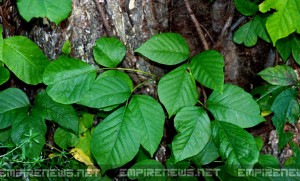ATLANTA, Georgia – 
America’s second-favorite pet is in a battle for its life, and looks like it’s losing. Cats, both domestic and feral, have been dying in alarming numbers across the country, and veterinarians working closely with the Center For Disease Control have been seeking to find a cure for this new feline disease.
“We have diagnosed a disease, but cannot control it. It’s spreading at an alarming rate, and we can project death rates into the millions by summer. If your cat has been urinating more than usual, or being extra vocal, it could be the first signs of the disease,” said Alan Anderson spokesman for the CDC. “While a cure would not be impossible to find, we at the CDC quite frankly have better things to focus our energies and research on.”
Anderson said that while the CDC has been looking to find a cure for the disease, they have been also dealing with massive amounts of paperwork leftover from the recent Ebola scare.
“We’re very tired after that whole Ebola thing,” said Anderson. “This new cat disease, known as Feline Urinary Cartilage Abdominal Track Syndrome, or FUCATS, for short, is easily spread, and it could very well mean an end to cats altogether. But, here at the CDC, our main concern is human diseases and controlling and containing their spread. Possibly dog diseases, too, but certainly not cat diseases.”
“Many in my field feel that FUCATS is a godsend,” said veterinarian Mark Miller. “I look forward to the day I can go to work without being scratched by those soulless creatures. For felines, FUCATS is a horrible way to die. Their intestines turn into hard cartilage, and it’s very painful. It’s so painful for the cats, it’s almost hard for me to enjoy watching them die, but I manage.”
“It’s horrible. I mean, they could cure it, but they can’t be bothered,” said Margaret McCoy of Duluth, Minnesota, owner of 15 cats. “My babies are all I have. I guess I could get a dog. I always wanted a dog, and I hear one dog equals the love of 15 cats. But, still…I’ve grown attached to these furry little guys, the litter being tracked all over the house, and the smell of ammonia in the air. I hope that FUCATS doesn’t get my little fur-babies!”
































